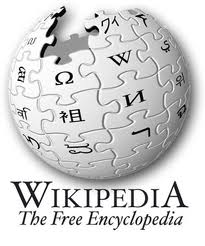The project
On 11 September 2001, the US were shocked by one of the worst terrorist attack in world history, killing nearly 3,000 people. On 26 December 2004 a 9.1-magnitude earthquake struck off the west coast of Sumatra, Indonesia: 230.000 people died. Few months later, four suicide bombers attacked the London’s public transport system in the morning rush hour. It was 7 July 2005, and in the blasts 52 people died. All of these shocking events left indelible marks on people’s consciousness all around the world, producing collective mourning, commemorative ceremonies and the erection of monuments. But long before the emergence of these commemorations, another kind of collective remembrance took place just a few moments after the disasters, on the online encyclopedia Wikipedia.
The project
Looking at Wikipedia as a global memory place (Nora, 1996; Pentzold, 2009), we want to make a first step towards the empirical study of collective memory formation. We argue that Web 2.0 platforms such as Wikipedia offer a new opportunity for enriching collective memory research with quantitative studies. The rapid growth of the Internet and Web 2.0 allows social science researchers to access huge amounts of data about people’s communicative interactions in an unobtrusive way and almost in real time.




Leave a comment